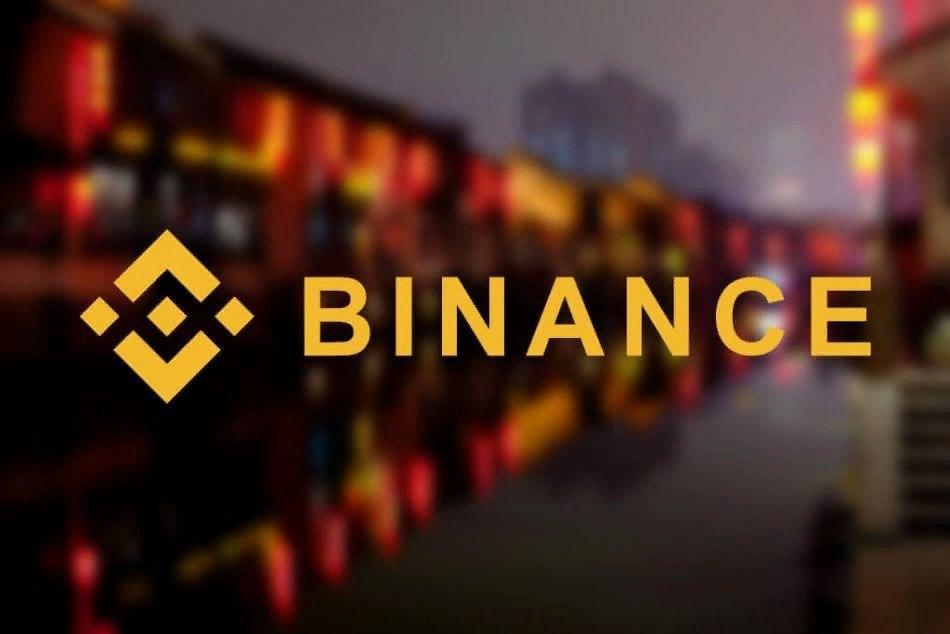Major cryptocurrency exchange Binance is implementing changes to comply with upcoming European regulations targeting stablecoins. The new rules, outlined in the Markets in Crypto-Assets (MiCA) framework, are set to be enforced across the European Union by the end of June.
Binance's strategy involves restricting access to certain stablecoins deemed "unregulated" under MiCA. The exchange has not specified which specific stablecoins will be affected, but has indicated that several popular options may not meet the new regulatory standards. To ensure a smooth transition for users, Binance will implement a phased approach. This will allow European Economic Area (EEA) users to convert their holdings in unregulated stablecoins to other approved assets, including regulated stablecoins, Bitcoin, Ethereum, and fiat currencies.
The restrictions extend beyond simply limiting access to certain stablecoins. Binance will also restrict users from engaging in any new products or services that involve unregulated stablecoins. This applies across the entirety of the platform's offerings. Existing holdings of unregulated stablecoins will still be accessible, but users won't be able to utilize them for new activities on the exchange.
Binance's move reflects a wider trend of cryptocurrency exchanges προσαρμοζόμενοι (prosἁrmodzomeʹnoi) – adapting – to the evolving regulatory landscape in Europe. MiCA represents a significant shift in how crypto assets are overseen within the EU. The new regulations establish a framework for authorization, ongoing supervision, and consumer protection measures specifically designed for the crypto industry.
By proactively complying with MiCA, Binance is aiming to solidify its position as a major player in the European cryptocurrency market. The exchange's approach seems to prioritize user experience during this transition period. By allowing users to convert their holdings and offering alternative options, Binance is attempting to minimize disruption while meeting the upcoming regulatory requirements.
The impact of these restrictions on the broader European crypto market remains to be seen. It's possible that users may shift their holdings towards regulated stablecoins, potentially consolidating the market share of established options that comply with MiCA. Additionally, the restrictions on new products and services involving unregulated stablecoins could stifle innovation in the sector.
Overall, Binance's decision to restrict unregulated stablecoins in the EU signifies a growing acceptance of regulatory oversight within the cryptocurrency industry. As Europe continues to develop its approach to crypto asset regulation, other major exchanges are likely to follow suit, shaping the future of the cryptocurrency landscape within the region.
